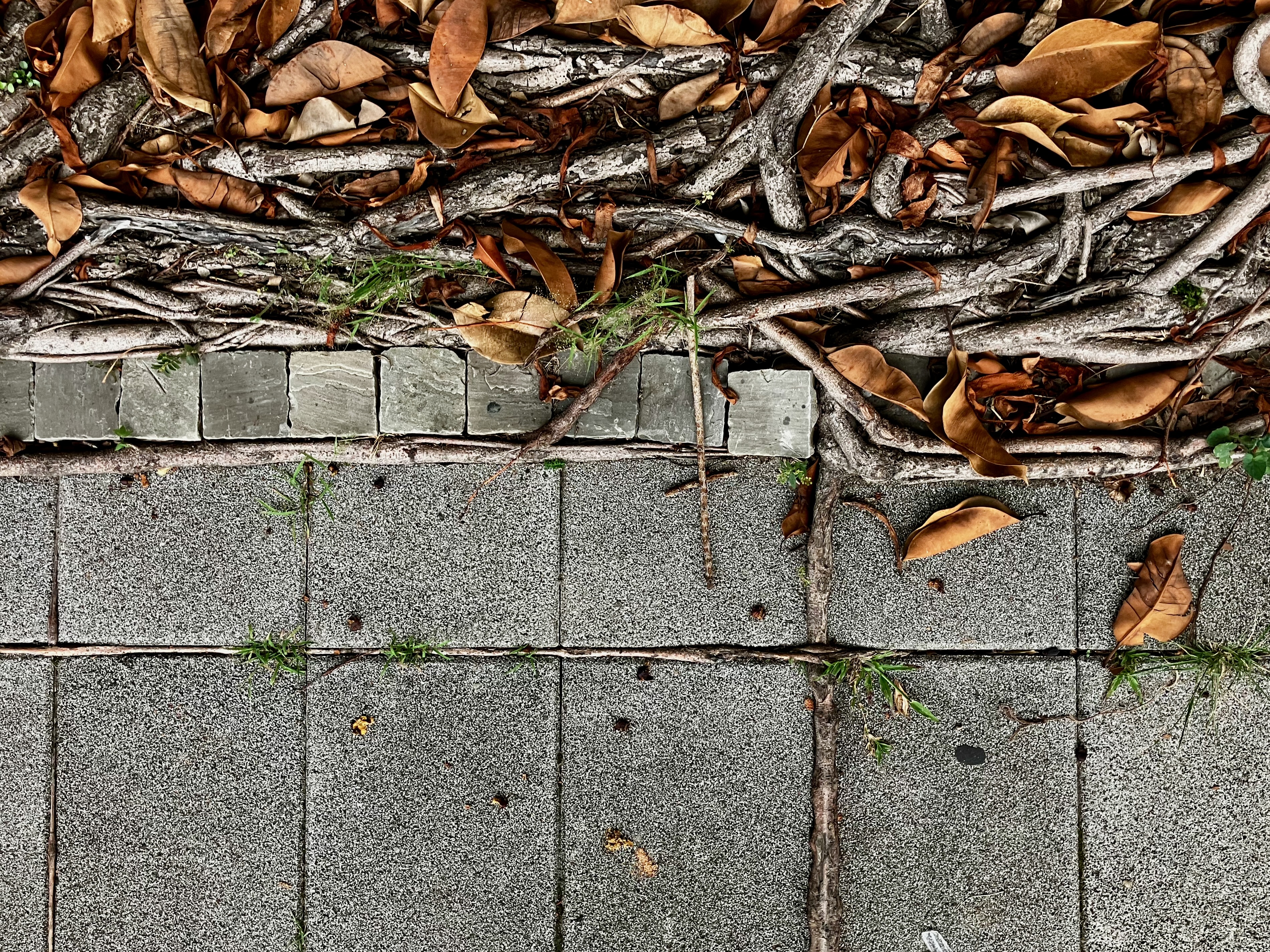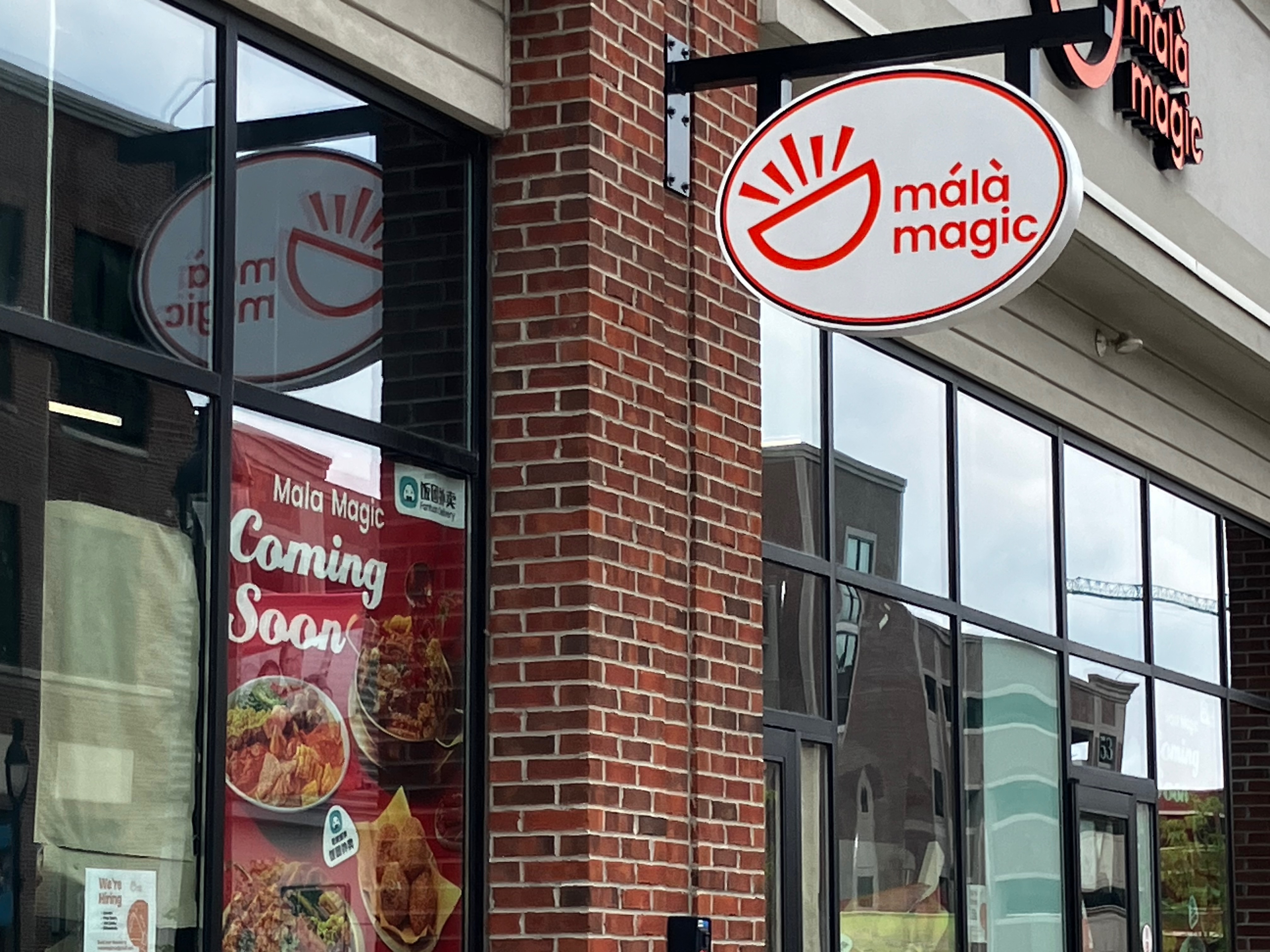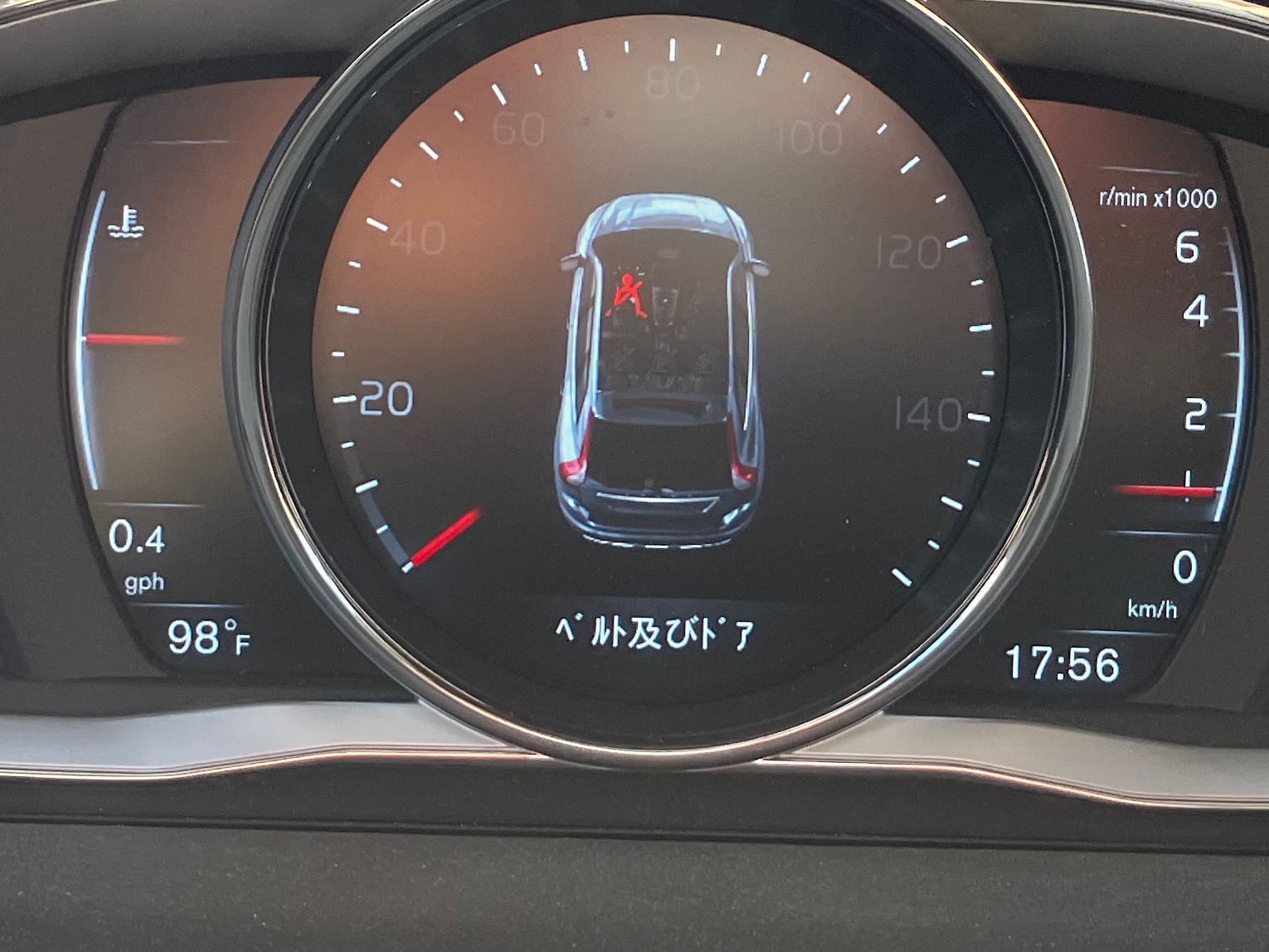Notes from walking around

Today is one of those days where you notice more than you usually do just walking around.
First, I made a decent overhaul to this blog this morning — I split off all of my 中文 posts into their own site — you can click the new language switcher in the top-right to get there — making use of Hugo and the Zen theme’s really excellent multilingual site support.
From now on, it will be more of a reliable schedule and better content (at least, that’s my intent).
I’m going to aim for one Mandarin post a week and one English post a week (and they should both be relatively meaningful and interesting to read). If you have feedback, too, don’t hesitate to leave it in the new survey linked both in the navbar and in the last post before this one (available on both the English and Mandarin feeds).
You know, I’m starting to treat this like a media production rather than a personal project. That assumes that people read this, which I can’t take for granted at any one point in time. But if someone stumbles across this in the future and is happy to see the amount of content ready for them, that would make it worth it. Also, I love organizing (as you may know if you’re one of the few people who does read my blog).
Anyway, after doing all of that this morning, I finally got ready to leave the house around one in the afternoon and went everyone’s favorite local Rochester 便利店 to buy a ramen bowl (apparently they sell dishes here) that I had seen a few days prior that looked nice. I have ramen, but no desire to eat it because I have no good well-shaped ramen vessel to put my noodles in.
I went to the store and bought the bowl and a bottle of the good soymilk (my bar here is much lower than for the noodles) — there are definitely two distinct different types of cheap bottled soymilk, though, there’s the store brand at most American grocery stores — bean milk — and the kind that you sometimes find in Chinatowns and in a real 便利店 — “sweet bean water” (if you’ve had it before, you know what I’m talking about). The type I got today was from a Chinese brand and it was a good example of the latter, so I was happy.
On my way out of the store, I had to walk a different path than usual because the local free parking was being repaved (the only place with a free parking lot that’s not miserable to be around — it’s surrounded by the backsides of main-street buildings and the front of a local hotel, simultaneously hiding the hotel and the parking lot, which is a good example of having your nice environment-cake and eating the minimum parking requirements, too).
While I was going down the sidewalk, I noticed this sign for a new local restaurant:

I’ve never seen Pinyin with the tone marks outside of a classroom — the fact that they’ve got it on the sign there is kind of interesting, but I’m not a linguist enough to try to dissect the inner meaning of this like those professor people on Language Log. I’m just a student, so I can only think it’s interesting.
But I think the fact that the tone marks are there indicates a knowledge of the innerworkings of modern Chinese-language phonetics that only somebody who wasn’t a native speaker would care enough about to add to their branding.
As in, think of the ways that a native speaker probably interacts with the phonetic system on a daily basis: in Chinese brand names, addresses, location names, anything needed to be made international. The Pinyin input method, both on computers and on smartphones — all of these don’t require use of the tone marks.
Most Chinese city names, for example, are usually spelled without the tones, the input method doesn’t require them, either — a native speaker probably remembers them well enough not to need a reminder — so why are we now seeing tone marks on this sign? What made the marketing team think to put them there?
It’s either a try-hard or an AI responsible for this.
There are a lot of similar restaurants in the area catering to a similar audience — this is a pretty university-heavy part of town that I don’t live far from, and this area is on the campus of a medical school with a large number of Chinese international students, which is neat. It’s a little bit like the “Chinatown of the future” — that is to say, more English and more boba.
After that, I went to a decidedly much less nice area with a Target, and I was in and out fairly quickly.

To my surprise, on the way out, my car gave me a dashboard message in Japanese — it was too quick for me to get it on camera, and I couldn’t get it to happen again.
This has happened before, but it’s only every few months — every time it does, too, it goes away so quickly I can’t usually get a picture.
Actually, I was able to capture a photo when the car gave the message again a few days later. I still don’t know what it says, but that’s what it looks like.
So I thought I’d throw that in to the bucket of uninteresting brief conversation topics related to language. I don’t know Japanese anyway, so it’s not like I could have read the message even if I had caught it on camera.
But it is somewhat interesting that I got this funky Japanese dashboard message in a Volvo, which is a Swedish car brand (and my understanding is that modern ones are made in China). Unless a Japanese car manufacturer does contract work, I have no clue why this is the way it is.
That aside, I should probably leave the computer to go for a walk — all of that reorganizing posts this morning burned my eyes in from staring at a screen so long. I even use dark mode in the terminal — it’s no use! I should get some more fresh air.
I’ll be back in less than a week, but I’ll try to make the next one a 中文版的 for evenness and the always-needed writing practice.
See you soon!
